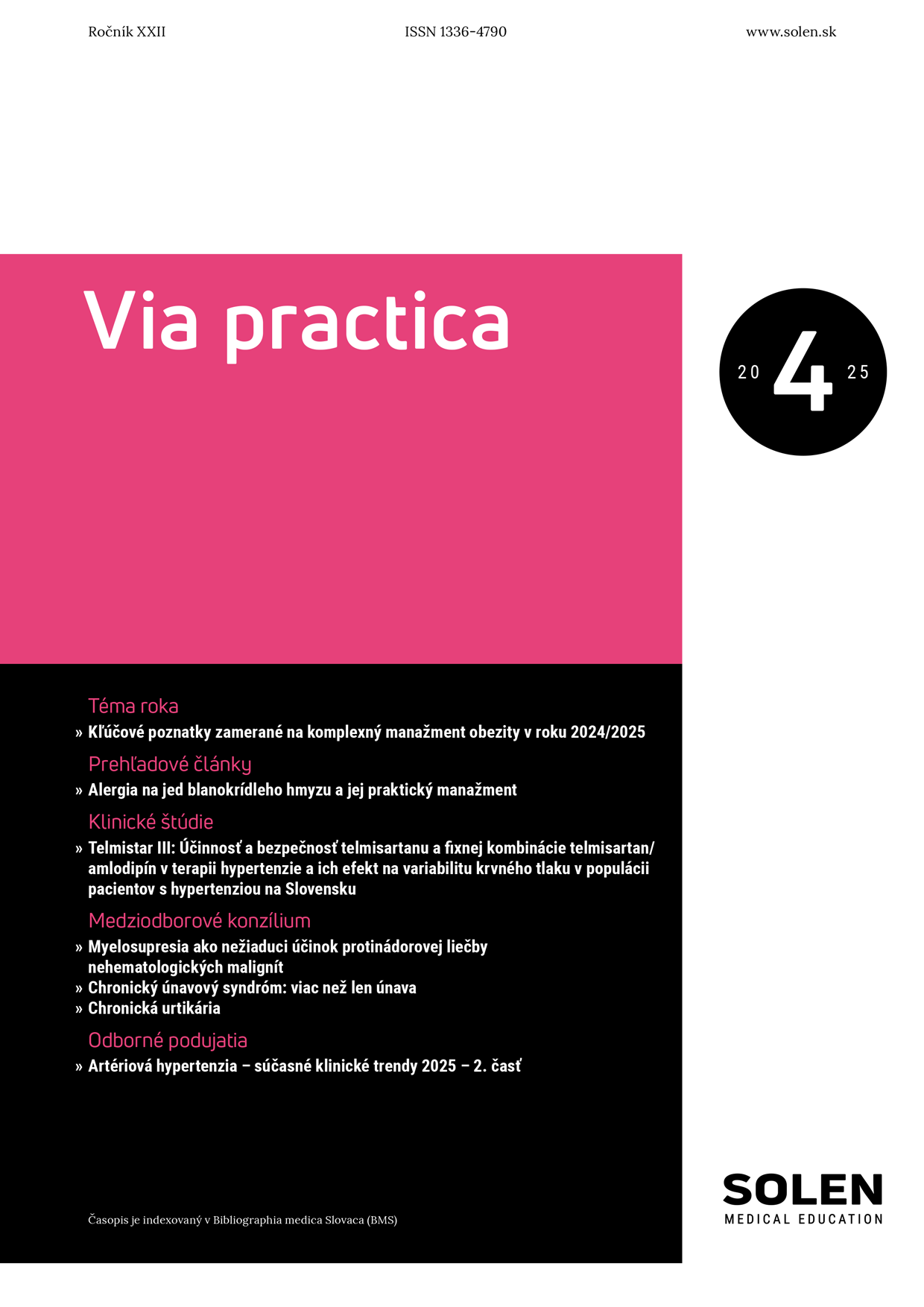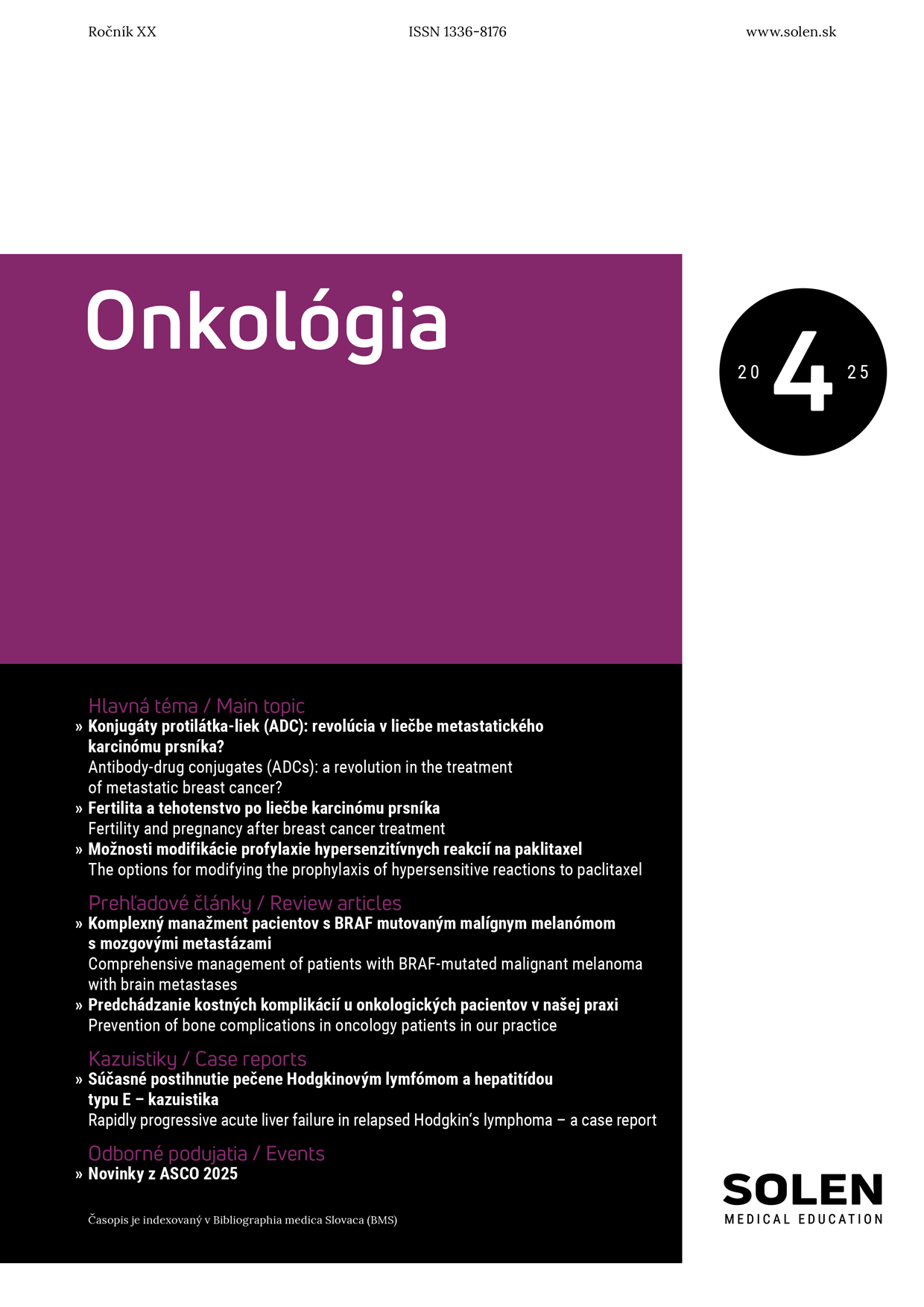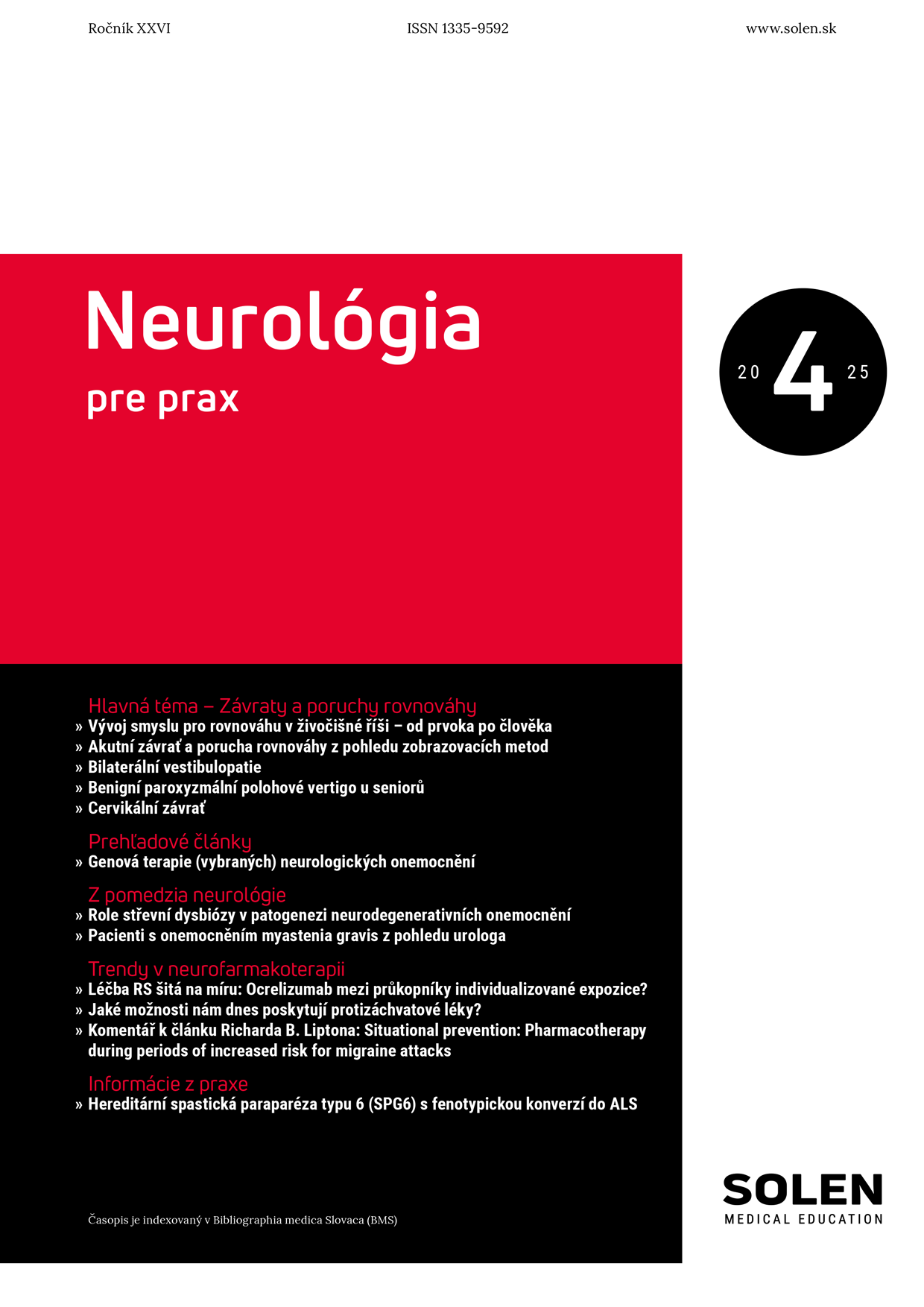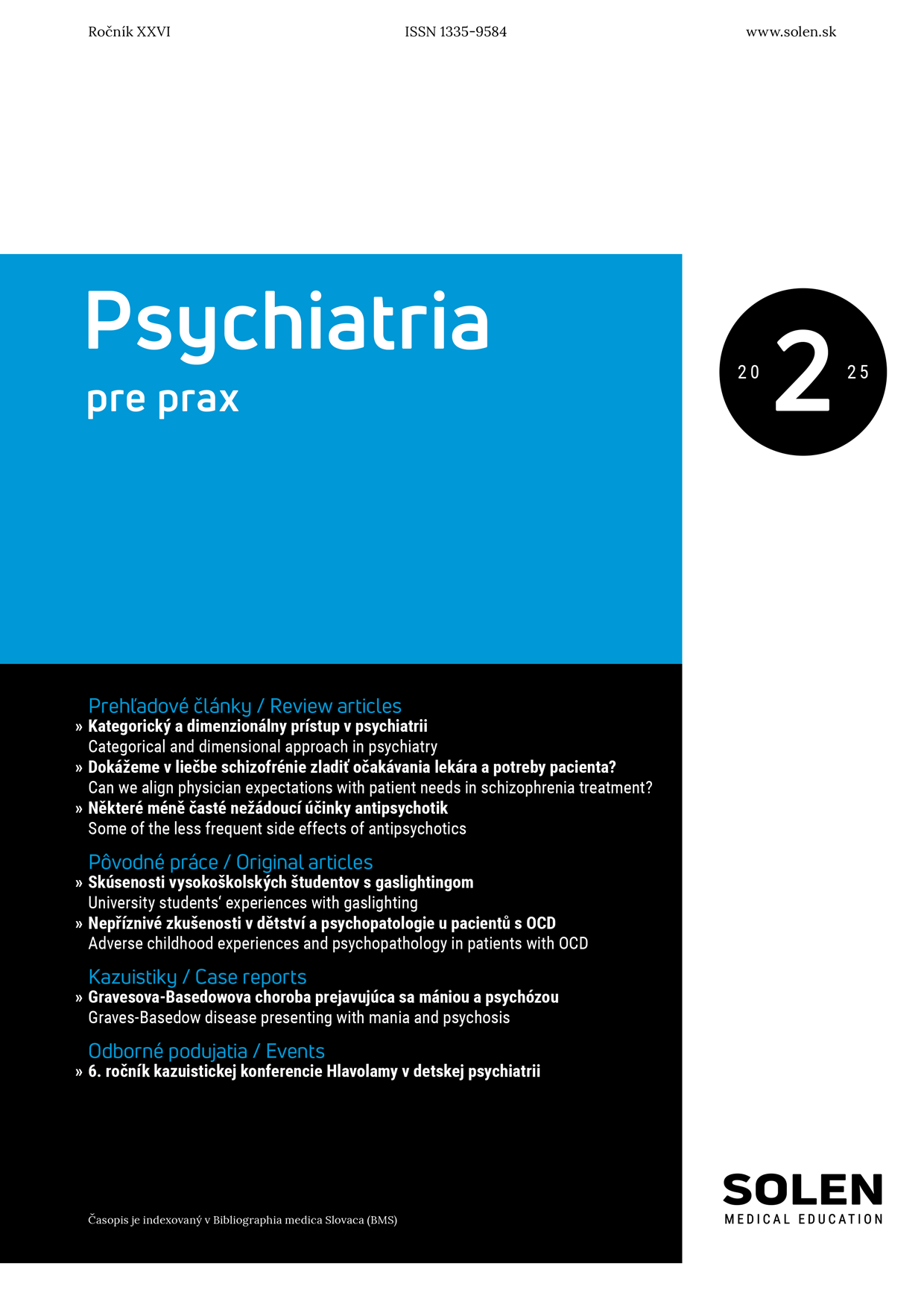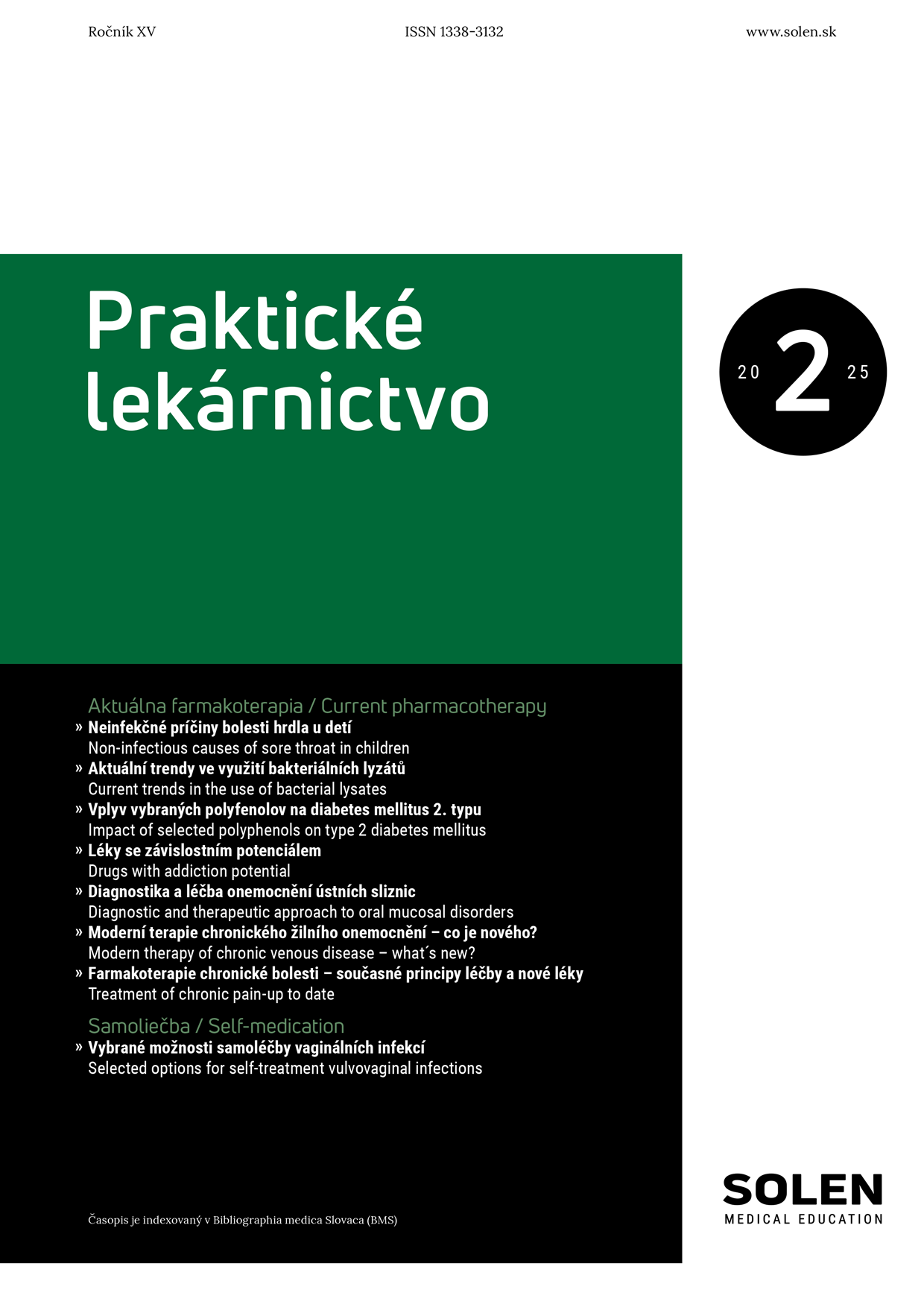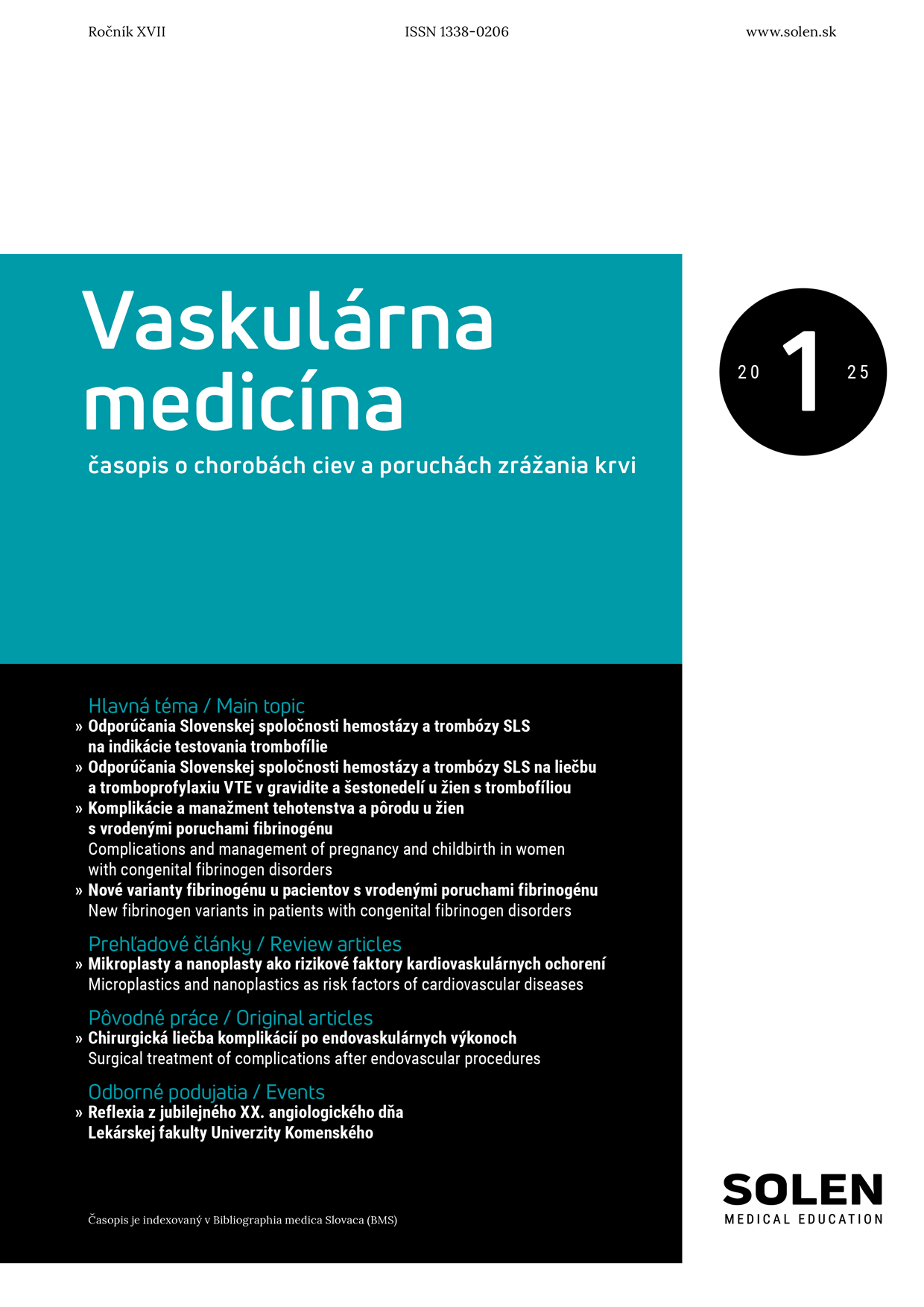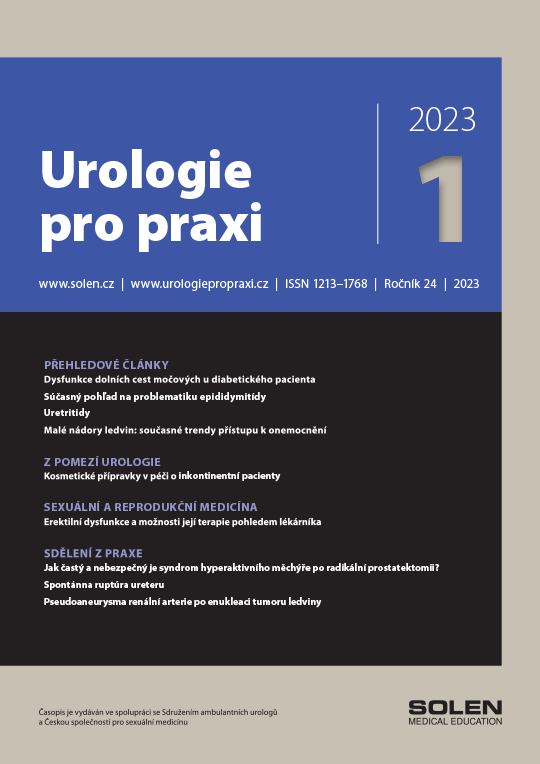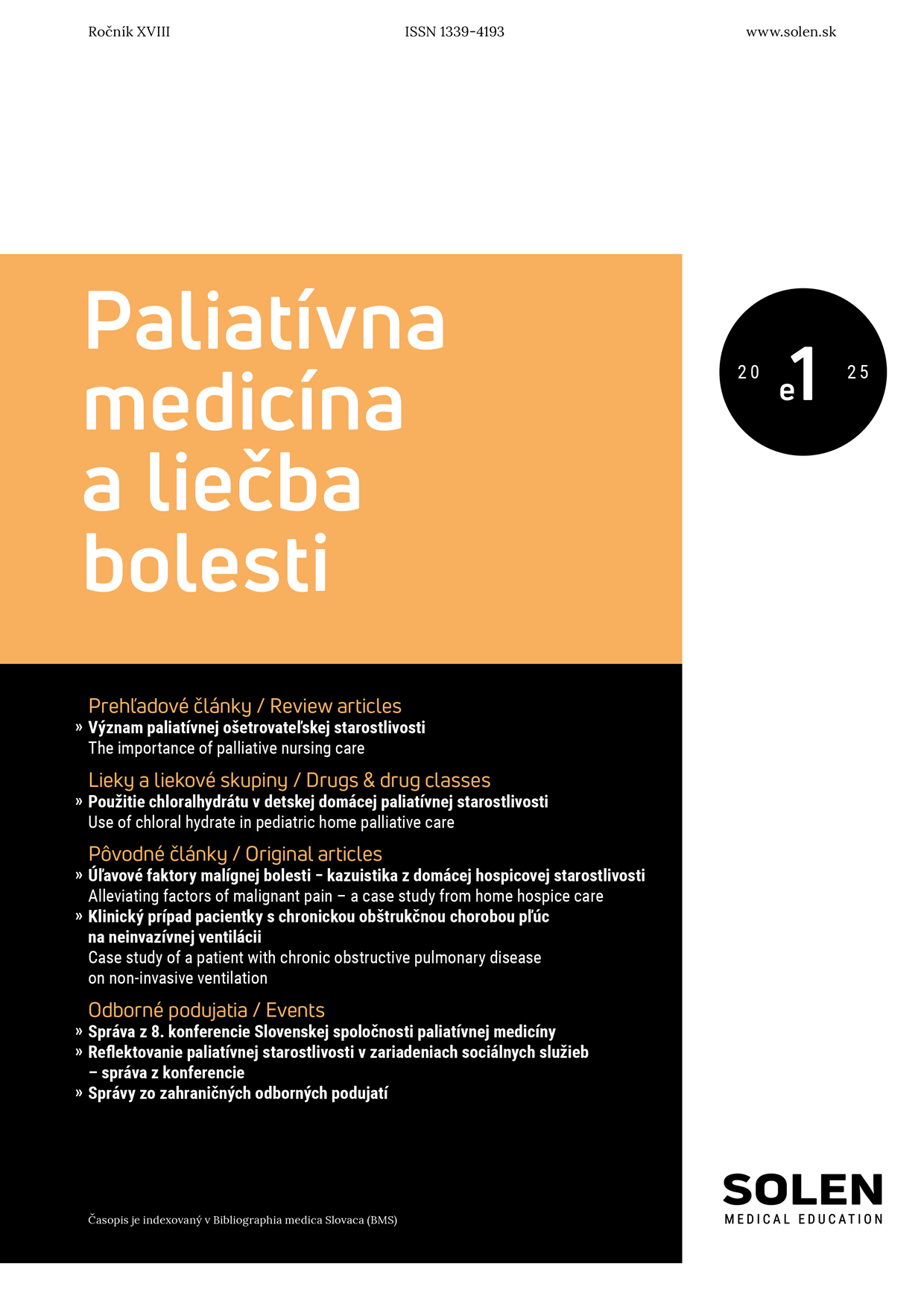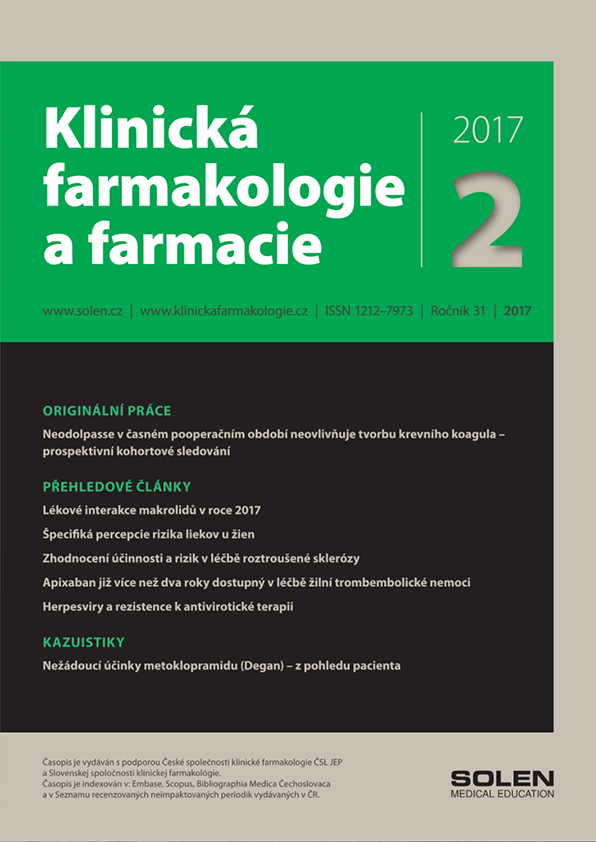Pediatria pre prax 4/2025
Noonan syndrome patients followed in Pediatric Cardiac Center in Bratislava
Purpose: The aim of the study was to assess the incidence, types, and need for interventions in cardiovascular (CV) abnormalities among patients with Noonan syndrome (NS) followed in the Pediatric Cardiac Centre in Bratislava. Patients and methods: Through retrospective analysis, we identified 16 patients with genetically confirmed NS who were examined between 2011 and 2020. Demographic data, ECG findings, types of cardiovascular diagnoses, invasive procedures, and complications during the followup period were evaluated.
Results: The most common diagnoses were pulmonary stenosis (75 %), atrial septal defect (63 %), and hypertrophic cardiomyopathy (18 %). Invasive procedures were performed in 7 patients (44 %), all of whom were under 3 years of age. Catheter-based pulmonary valvuloplasty was often the initial treatment of choice; however, 60 % of these patients subsequently required surgical intervention. Patients with significant outflow tract obstruction underwent surgical resection of hypertrophied muscle tissue with good surgical outcomes. The most frequent postoperative complication was chylothorax. Mortality was 0 %.
Conclusion: NS is likely an underdiagnosed genetic disorder, in which the absence of typical phenotypic features complicates diagnostic process. Cardiovascular involvement is common and plays a crucial role in prognosis, with the highest morbidity (and potential mortality) seen in patients with hypertrophic cardiomyopathy. Invasive cardiovascular procedures are required in 1–5 % of NS patients, with chylothorax being the most frequent post-intervention complication.
Keywords: Noonan syndrome, pulmonary stenosis, hypertrophic obstructive cardiomyopathy, atrial septal defect, balloon valvuloplasty, ventricular outflow tract resection



